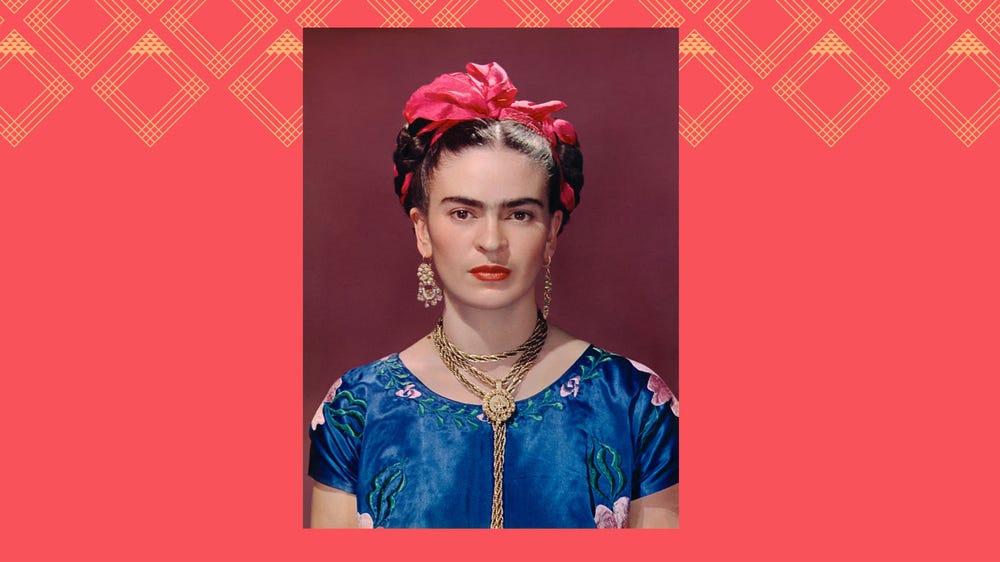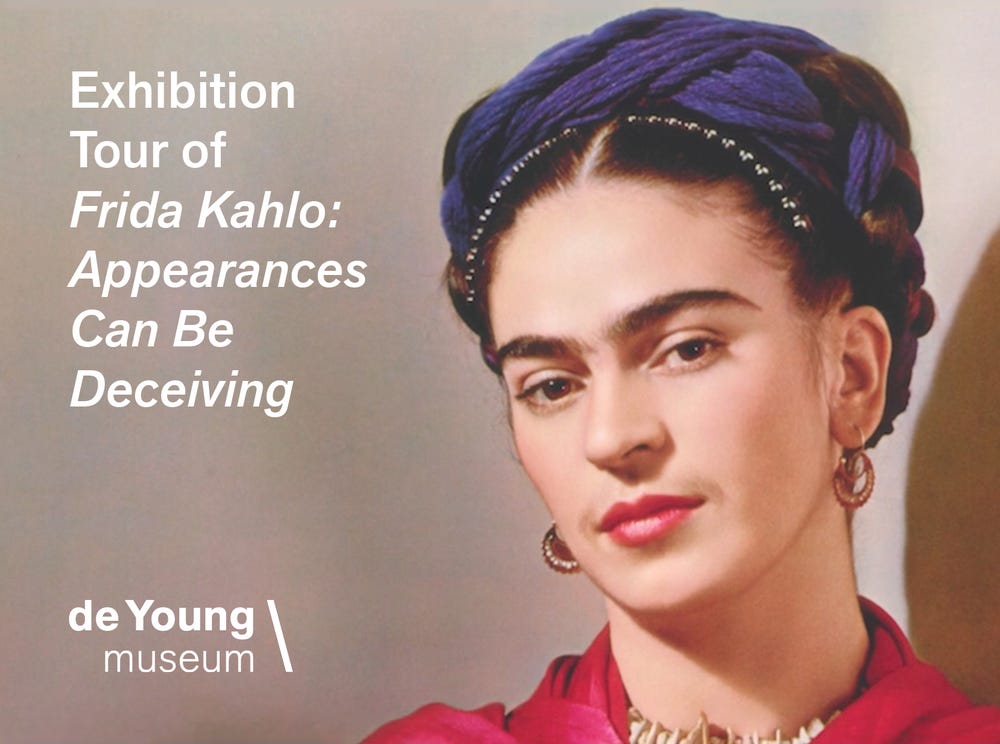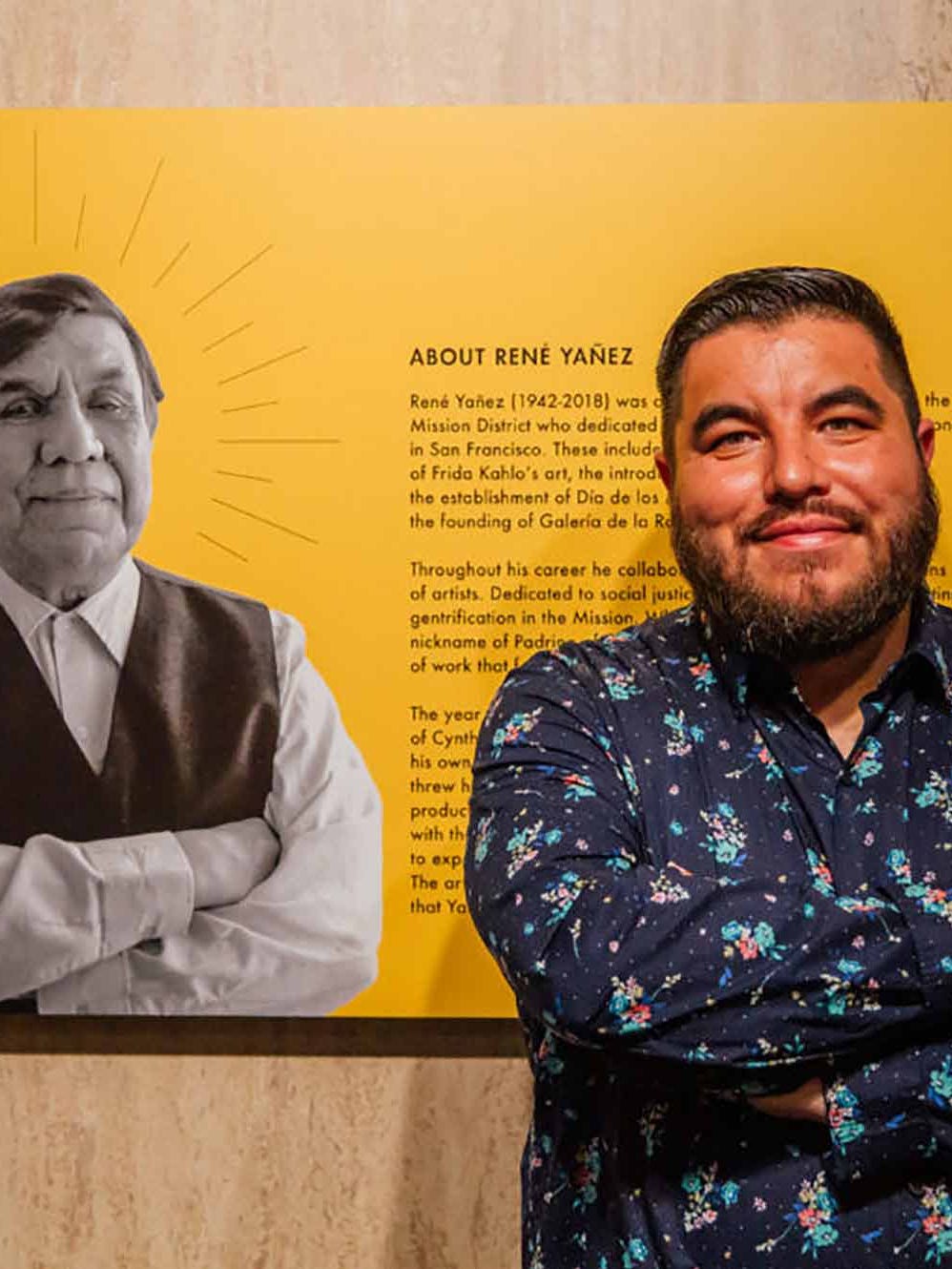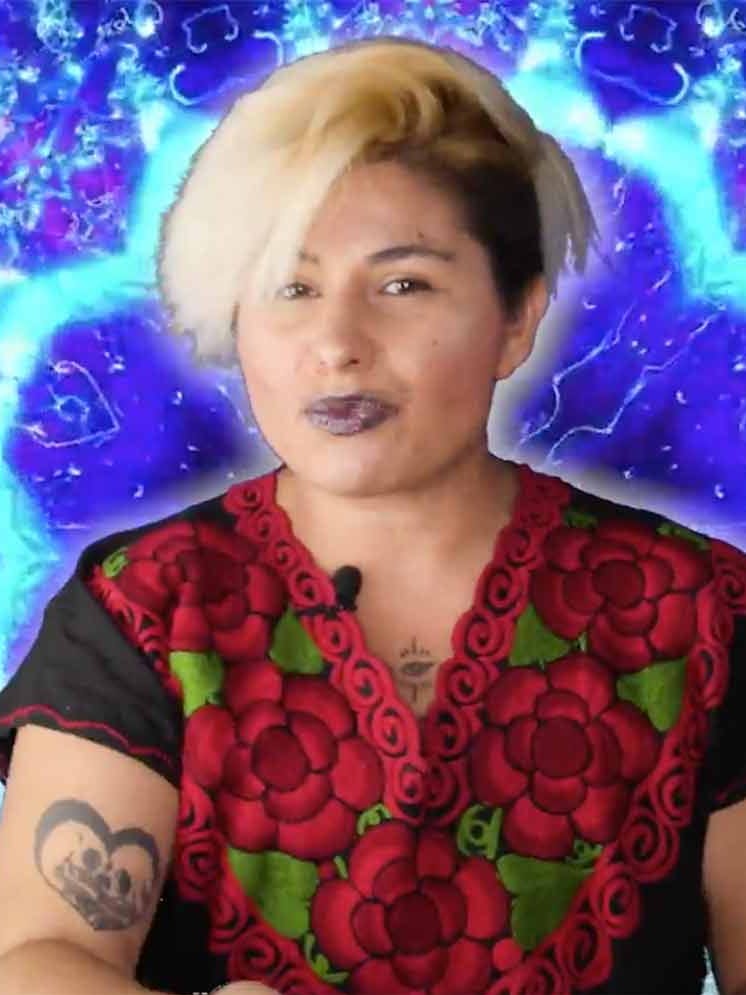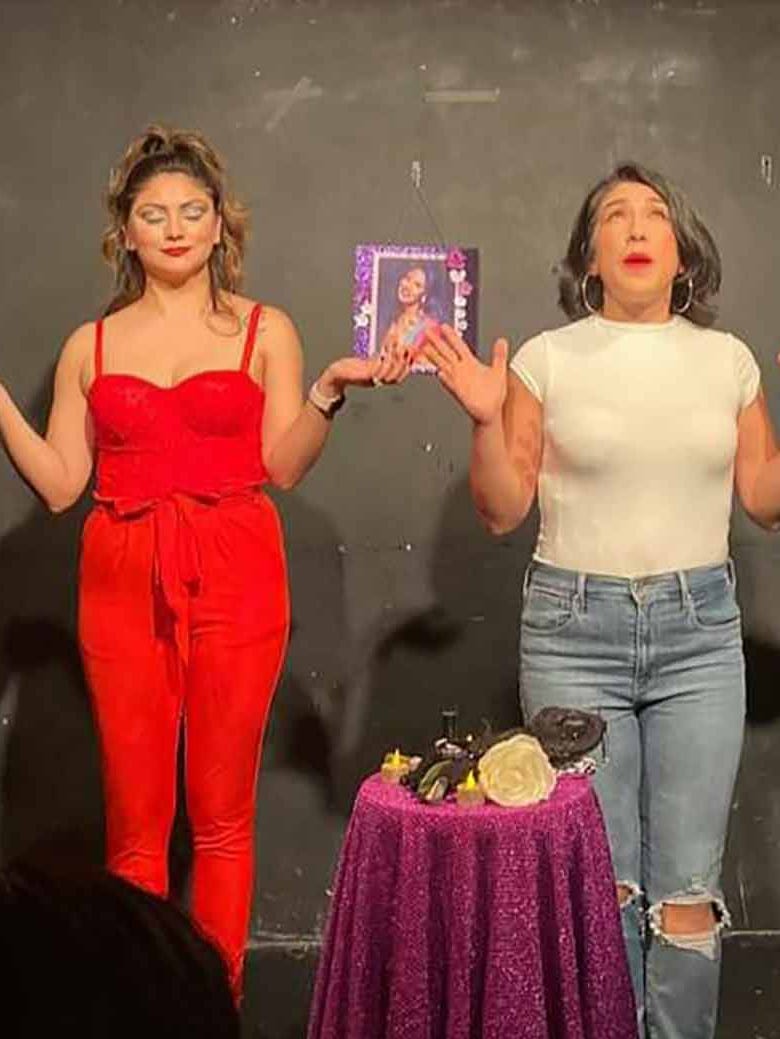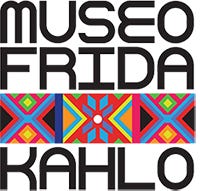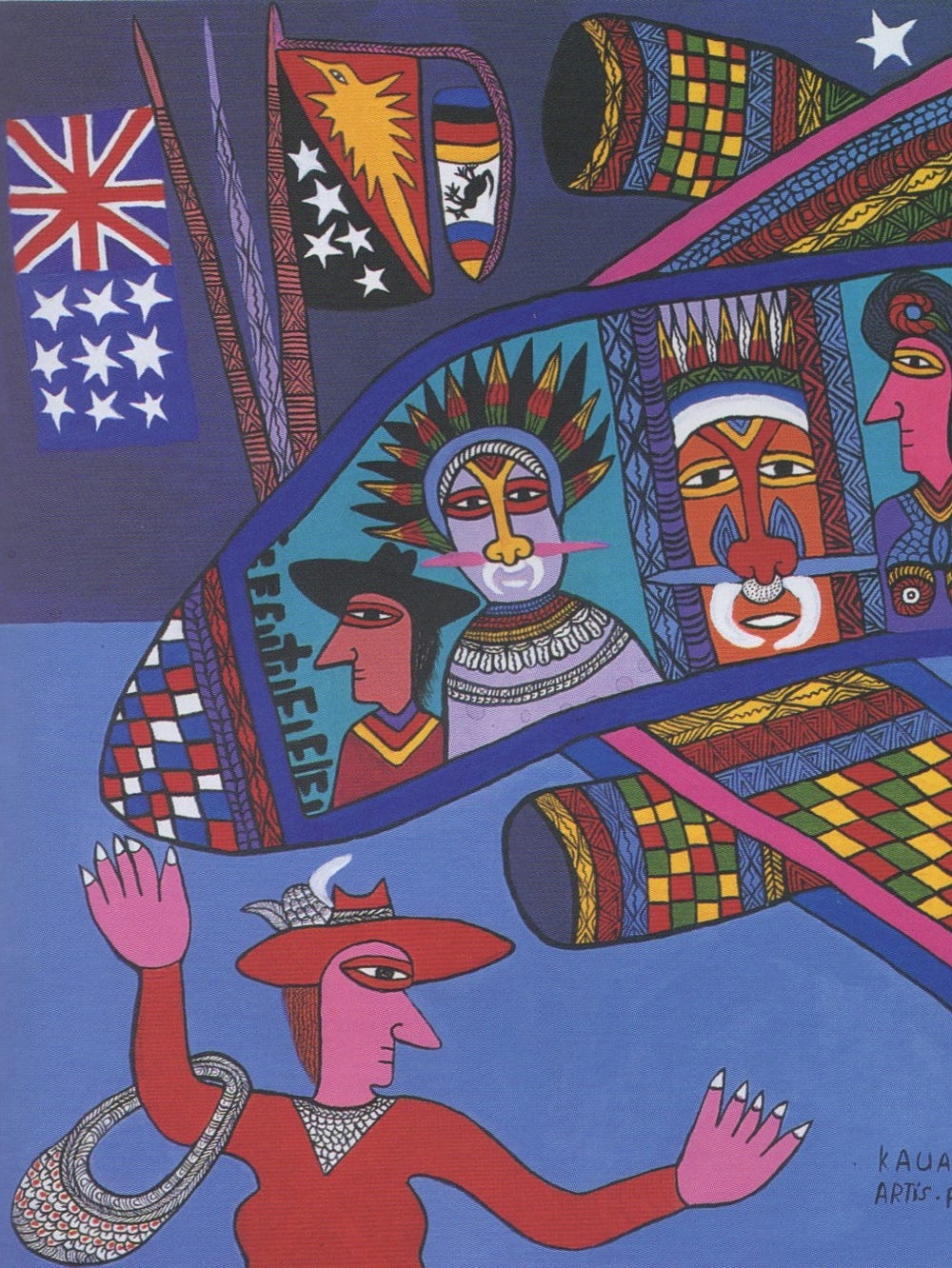Nickolas Muray, Frida in Blue Dress, New York City, 1939. 12.6 x 9.4 inches (32 x 24 cm). The Hecksher Family Collection © Nickolas Muray Photo Archives
Frida Kahlo: Appearances Can Be Deceiving
Jump to
At the time of Frida Kahlo’s death in 1954, a treasure trove of the artist’s highly personal items — including jewelry, clothing, and prosthetics — were locked away. 50 years later, these belongings were unsealed — now they’re on view for the first time on the West Coast. Discover what these objects reveal about their now iconic owner in Frida Kahlo: Appearances Can Be Deceiving.
Artist bio
The artist Frida Kahlo (Mexican, 1907 – 1954) is today an iconic figure, known as much for her path-breaking artwork as for her striking appearance. Kahlo began to paint while recovering from a near-fatal bus accident in 1925, which left her with lasting medical complications, disabilities, and chronic pain. Kahlo famously married the Mexican muralist Diego Rivera (1886 – 1957) in 1929. Their union was unconventional and tumultuous — they divorced in 1939 and remarried thirteen months later in San Francisco. Throughout, they shared a deep devotion to art, to Mexico and its multifaceted cultures, and to revolutionary politics.
Many of Kahlo’s approximately 200 paintings explore her complex identities and engage themes of disability, gender, and politics. Her paintings elude definition. Sometimes associated with Surrealism, Kahlo herself resisted that categorization, stating that her paintings were “the frankest expression of [her]self.”
Upon her death in 1954, at the instruction of Rivera many of her personal possessions were locked away in La Casa Azul — the home where she was born, lived most of her life, and died. Today, La Casa Azul — located in Coyoacán, Mexico City — houses the Museo Frida Kahlo, where in 2004 the remarkable trove of items that had been hidden away fifty years earlier came to light. Drawings, documents, dresses, accessories, and Kahlo’s colorful self-fashioned outfits from this trove — along with select paintings by Kahlo and items from the Fine Arts Museum of San Francisco — are the heart of this exhibition.
In the news
Film
Immerse yourself in Frida Kahlo’s vibrant artistry through our exhibition tour of Frida Kahlo: Appearances Can Be Deceiving. We’ll take a closer look at some of her personal items, photographs, and paintings that reveal the many ways Kahlo constructed her identity.
Stories
Sponsors
This exhibition originated in the extensive investigation of Frida Kahlo’s personal belongings found in trunks, wardrobes, drawers, bathrooms, and cellars of La Casa Azul that had remained closed for over fifty years before being exhibited for the first time at the Museo Frida Kahlo (2012 – 2014) and later presented at the V&A London.
Presenting Sponsors
John A. and Cynthia Fry Gunn
Diane B. Wilsey
Major Support
The Harris Family
The Bernard Osher Foundation
The Michael Taylor Trust
Generous Support
Janet Barnes and Thomas W. Weisel Family
George and Marie Hecksher
Additional support is provided by Susie and Fred Harburg in memory of Zvi Ankori; Alec and Gail Merriam; and Paul A. Violich. In-kind support is provided by Aeroméxico.
With special thanks to the Banco de México Diego Rivera and Frida Kahlo Museums Trust; its Technical Committee and its president Carlos García Ponce; general director Carlos Phillips Olmedo; ADABI and its president Isabel Grañen Porrúa; Mr. Alfredo Harp Helú; and Hilda Trujillo, Perla Labarthe, Laura Zavala, Xochiquétzal González, Claudia Romo, Luanda López, Circe Henestrosa, and the researchers who participated. With special thanks to the Instituto Nacional de Bellas Artes y Literatura and the Instituto Nacional de Antropología e Historia.
